Generative AI: Can it truly enhance collaboration within the enterprise?
Published on July 30, 2025
In 2024, 65% of companies are already using generative artificial intelligence (or GenAI) on a regular basis, compared with 33% in 2023 (McKinsey). This technology generates exponential time and productivity gains, and has applications in a wide range of business areas: content creation, idea generation, process optimization, etc.
But what about collaboration? Can AI already transform our working practices, anytime, anywhere?
Although innovative, generative AI is still in the early stages of development in the field of professional collaboration. Currently, it has limitations when it comes to complex human interactions, requiring empathy, adaptability and ethical judgment. What's more, it requires constant supervision of teams, as it can make mistakes, and it is still difficult to accurately assess the degree of autonomy it can be granted on a daily basis.
Therefore, we cannot factually rely on AI for all our collaboration: human input and teamwork remain crucial, especially when it comes to evaluation, judgment, and interactions with others.
However, AI can help us improve some essential aspects of collaboration. For example, it can help you better structure your exchanges at the preparation or synthesis stage, give you ideas for initiating reflection, and enable you to work with greater autonomy at a distance or asynchronously. In short, it can enable you to rapidly create a framework for effective collaboration, and thus improve the quality of high value-added interactions that can only be achieved by human beings.
To make AI a real lever in your collaboration, Klaxoon’s all-in-one collaboration platform integrates generative and analytical AI features, from summary creation to action plan generation, and much more coming up including translation!
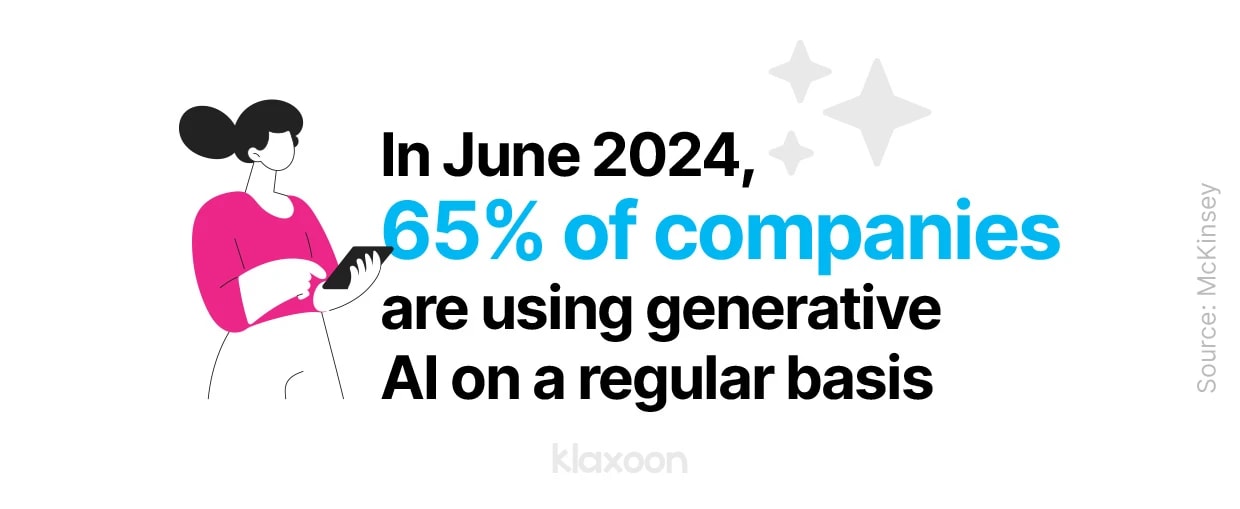

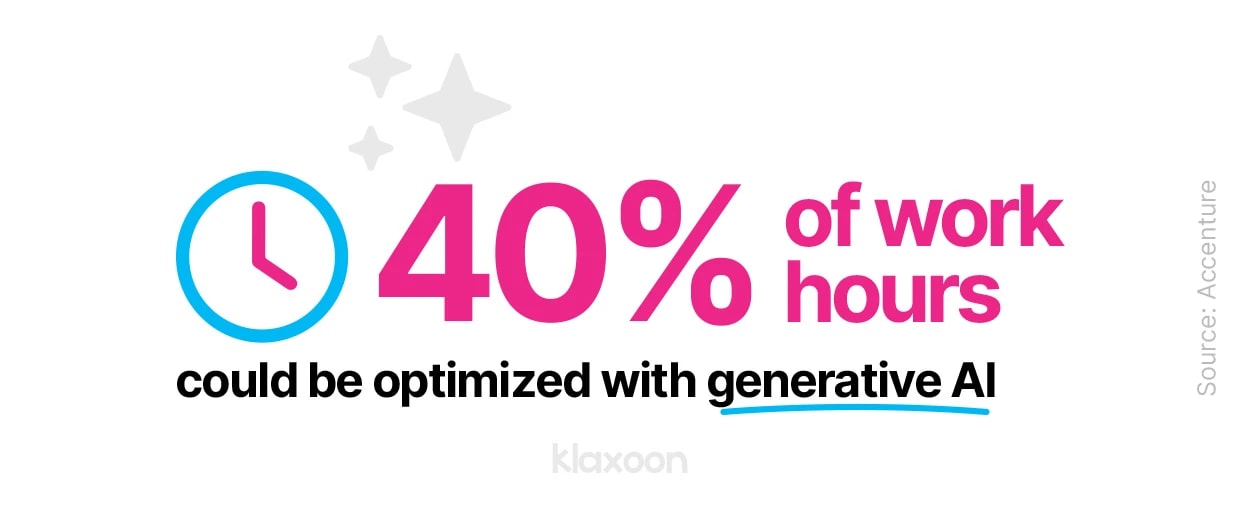

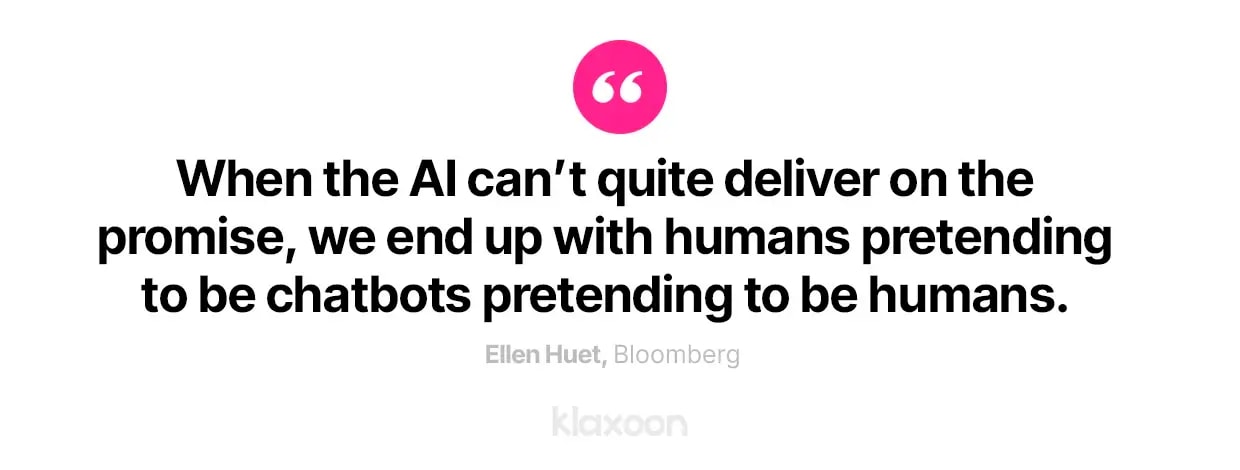

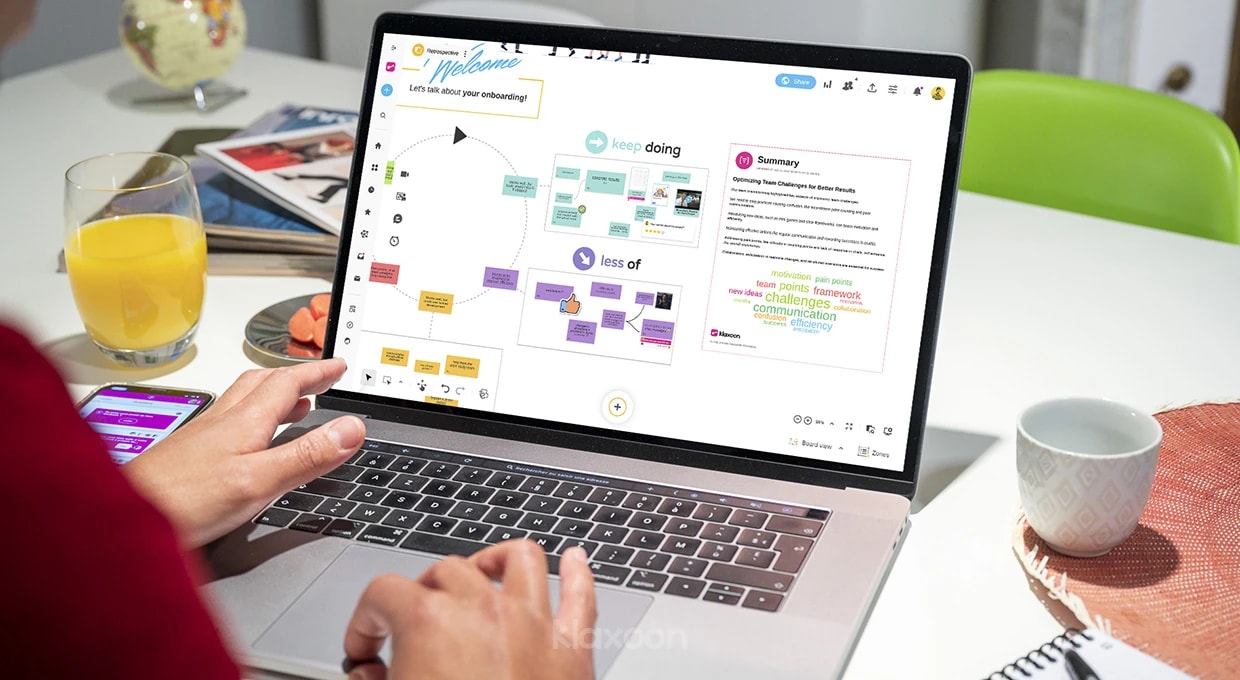

Creating a summary of your ideas on Board using AI is now possible with Klaxoon!
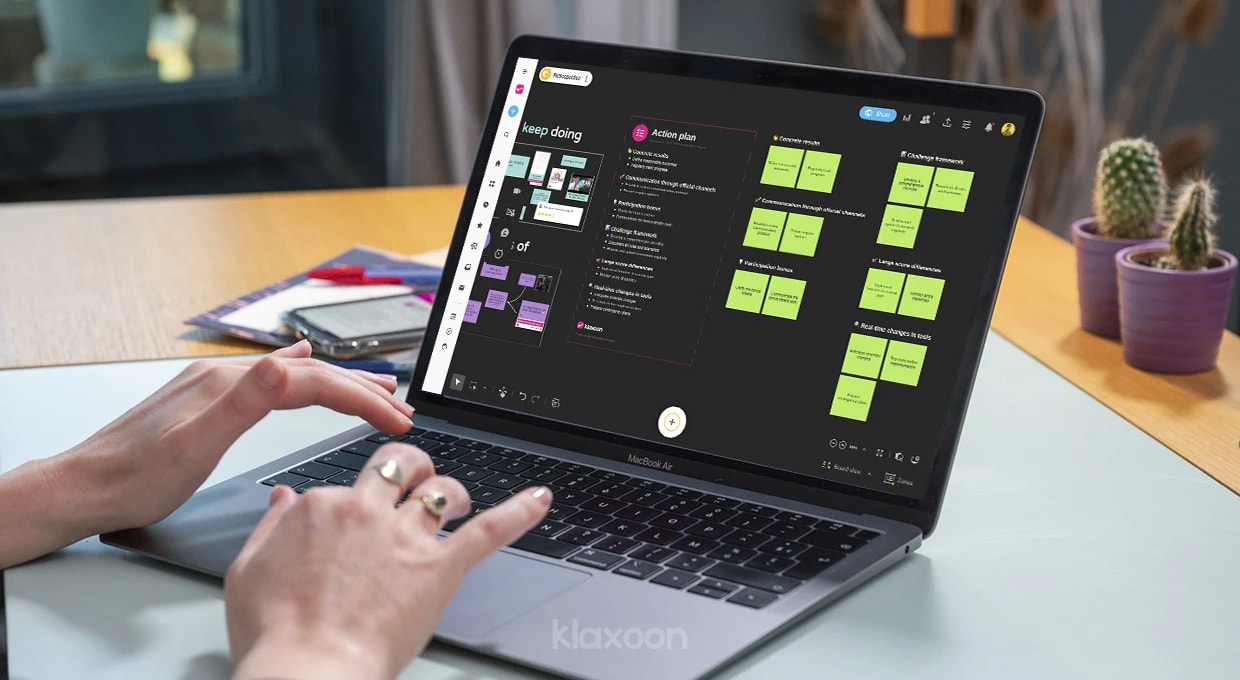

You can simply categorize the ideas you share with your participants in your Boards by using the “Group by topic” feature.
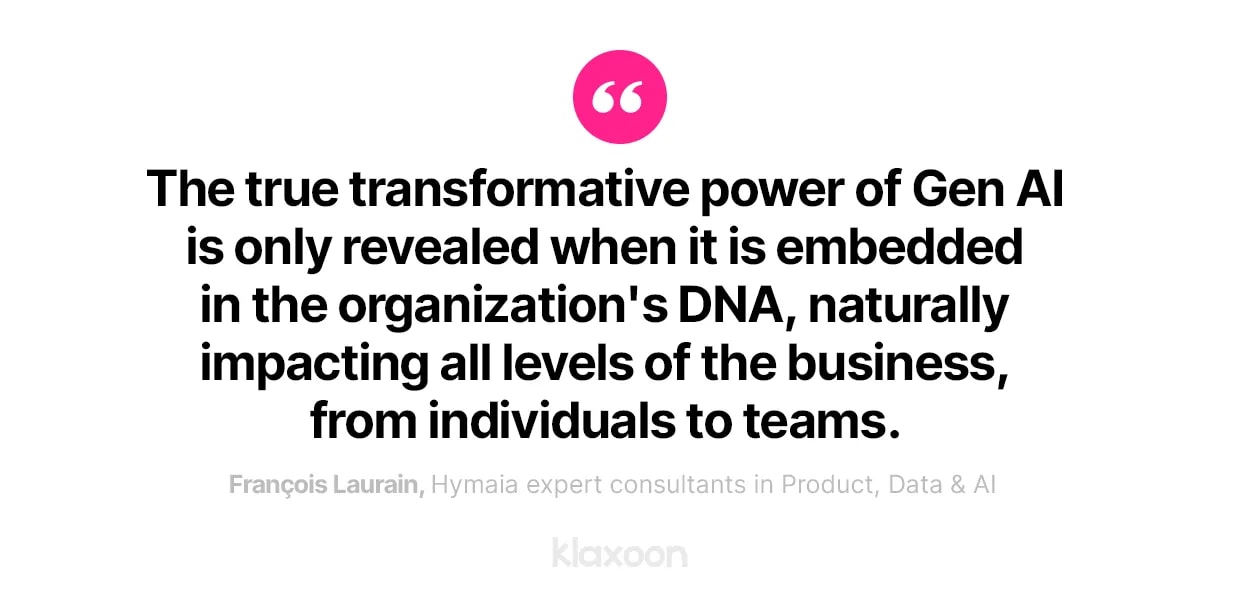



On Board, the action plan you generate appears as text and visually structured ideas.